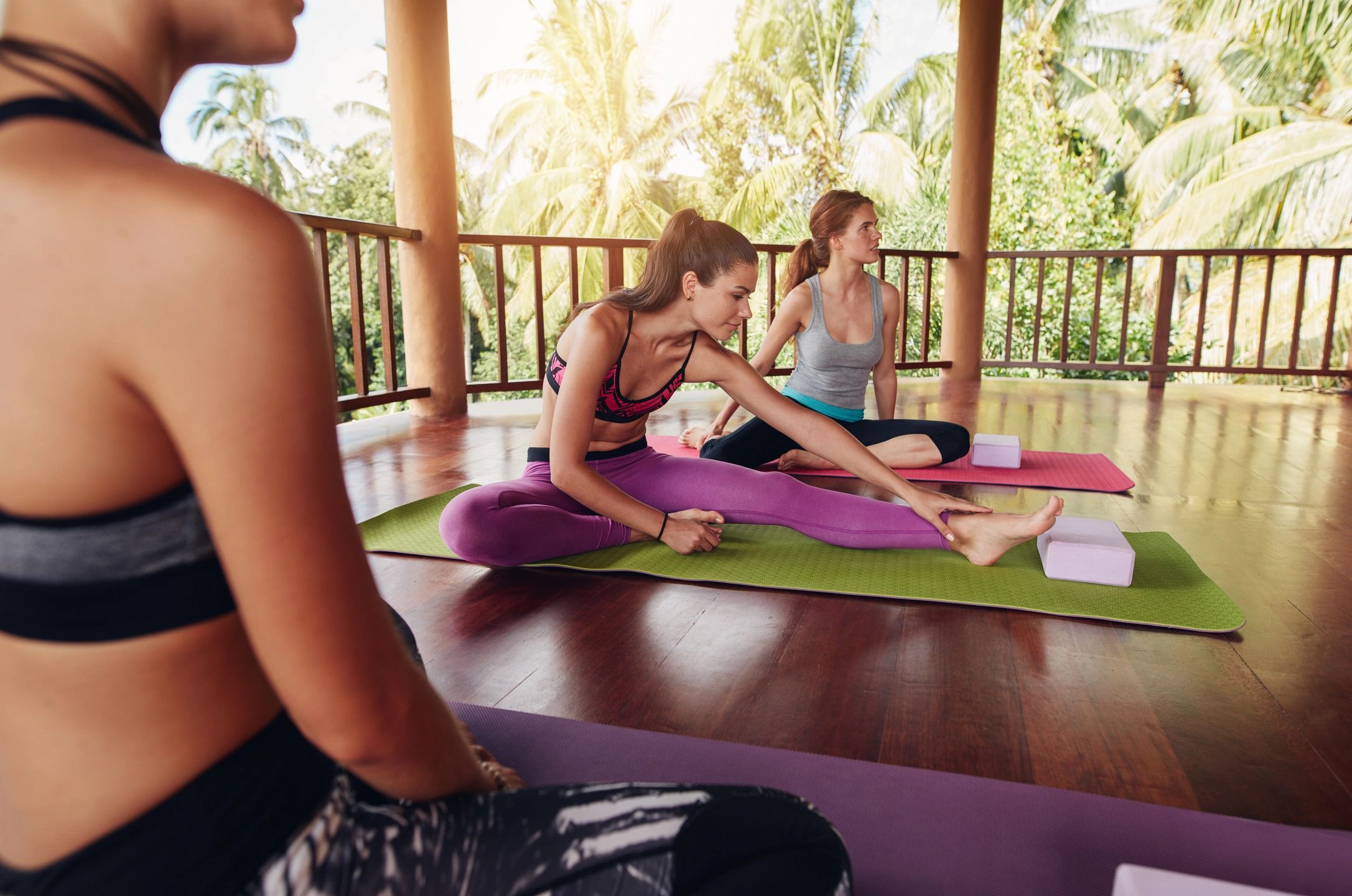If you are very serious about increasing overall flexibility, then I recommend religiously adhering to the following guidelines:
- Perform early-morning stretching everyday.
- Warm-up properly before any and all athletic activities. Make sure to give yourself ample time to perform the complete warm-up.
- Cool-down properly after any and all athletic activities.
- Always make sure your muscles are warmed-up before you stretch!
- Perform PNF stretching every other day, and static stretching on the off days (if you are overzealous, you can try static stretching every day, in addition to PNF stretching every other day).
Overall, you should expect to increase flexibility gradually. However, if you really commit to doing the above, you should achieve maximal upper-body flexibility within one month and maximal lower-body flexibility within two months. If you are older or more inflexible than most people, it will take longer than this. Don’t try to increase flexibility too quickly by forcing yourself. Stretch no further than the muscles will go without pain.
PNF Stretching
PNF (Proprioceptive Neuromuscular Facilitation) stretching is currently the fastest and most effective way to increase static-passive flexibility and increase range of motion. This technique involves passive stretching and isometric stretching that is best with a partner.
Techniques
Contract – Relax
After assuming an initial passive stretch for 5-10 seconds, the muscle being stretched is isometrically contracted for 7-15 seconds, after which the muscle is briefly relaxed for 2-3 seconds, and then mediately subjected to a passive stretch which stretches the muscle even further than the initial passive stretch. This final passive stretch is held for 10-15 seconds. The muscle is then relaxed for 20 seconds before performing another PNF technique.
Contract – Relax – Antagonist – Contract (CRAC)
It involves performing two isometric contractions: first of the agonists, then of the antagonists. The first part is similar to the hold-relax where, after assuming an initial passive stretch, the stretched muscle is isometrically contracted for 7-15 seconds. Then the muscle is relaxed while its antagonist immediately performs an isometric contraction that is held for 7-15 seconds. The muscles are then relaxed for 20 seconds before performing another PNF technique.
Pain and Discomfort
If you are experiencing pain or discomfort before, during, or after stretching or athletic activity, then you need to try to identify the cause. Severe pain (particularly in the joints, ligaments, or tendons) usually indicates a serious injury of some sort, and you may need to discontinue stretching and/or exercising until you have sufficiently recovered.

Subscribe To Our VIP Newsletter
Join our VIP mailing list to receive additional content that goes even deeper into the latest tips to ensure you and your families health, fitness and wellness.
























